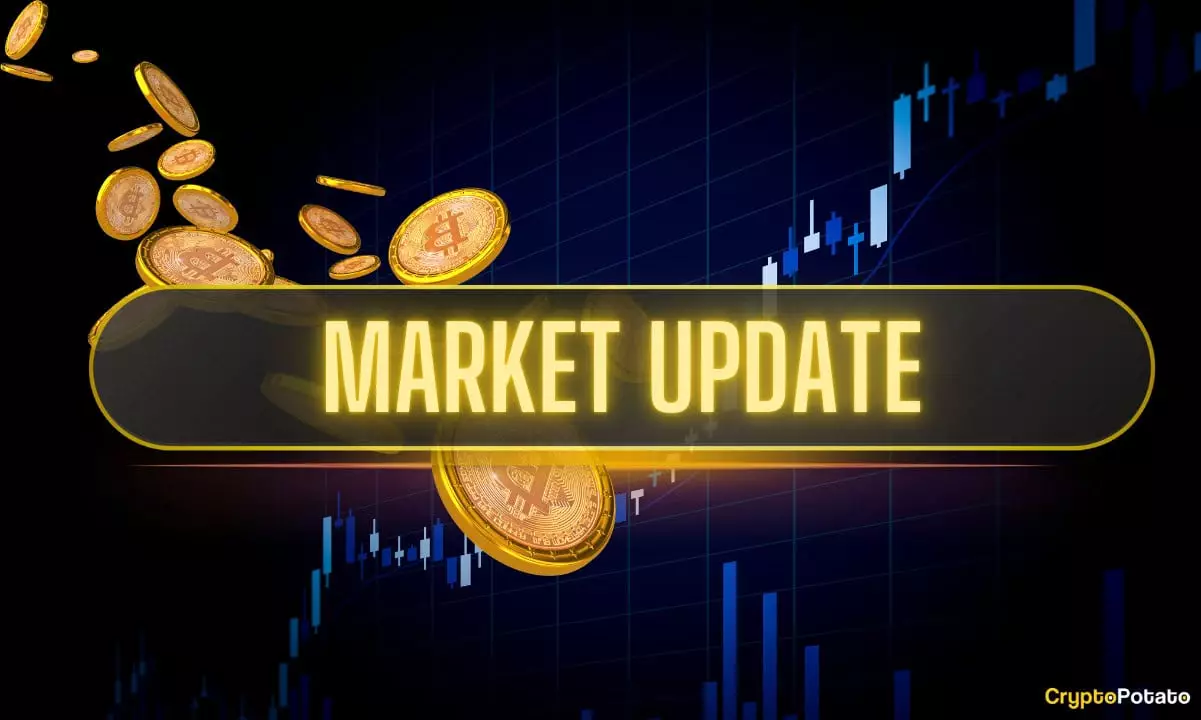In recent days, cryptocurrency enthusiasts celebrated new milestones, with Bitcoin grazing near $123,000 and altcoins soaring to impressive heights. Such rallying points tend to evoke a sense of security and inevitable growth, but an honest appraisal reveals a more nuanced picture. While sky-high prices may seem to affirm the vitality of digital assets, they often obscure underlying vulnerabilities that threaten long-term stability. Underneath the glittering surface of all-time highs lies a market that is ultimately driven by speculative frenzy rather than sustainable value creation. The rapid ascent of Bitcoin and other tokens fuels investor euphoria, but it also exacerbates the risk of a precipitous correction that could wipe out a significant portion of gains overnight.
Furthermore, recent price movements highlight the fragility of market confidence. Bitcoin’s surges are often followed by sharp retracements—an oscillation that suggests a lack of conviction among investors and a susceptibility to manipulation. The fact that Bitcoin erased its weekly gains despite a record-high push illustrates the difficulty of maintaining momentum when the foundation is weak. The narrative of unstoppable growth, while captivating, is increasingly disconnected from the underlying economic realities. Such volatility should serve as a warning sign rather than a cause for celebration, exposing the thin margin of safety in a market driven by speculative fervor rather than intrinsic value.
Exaggerated Market Metrics: A Mirage of Strength
Beyond mere price figures, some analysts have pointed to metrics like the realized cap surpassing $1 trillion as indicators of strength. However, these figures can be misleading if taken at face value. The realized cap—that measures the value of coins based on their last transaction rather than current trading price—can suggest a robust market, but it remains subject to manipulation and disproportionate holdings by whales. A high realized cap does not guarantee resilience; in fact, it might mask the concentration risk inherent in a system where a handful of entities control significant liquidity.
Ripple’s rise to a market capitalization surpassing Uber and Boeing underscores a critical flaw: the distortion of perceived value. While such comparisons garner headlines and attract new investors, they do little to bolster the actual operational utility or regulatory legitimacy of these tokens. Instead, they demonstrate how market hype, often amplified by speculative traders and occasionally manipulated narratives, can inflate assets to disproportionate levels. This dissonance between market perception and fundamental worth is a ticking time bomb that could trigger a crash in confidence, with ripple effects across the entire ecosystem.
Regulatory and Security Risks: A Growing Threat
One of the most glaring issues in the crypto landscape remains its precarious regulatory environment. Recent legislation such as the GENIUS Act signals an increasing acceptance, but it also brings new scrutiny and regulatory hurdles. The sector’s deregulated charm has historically masked systemic risks—risks that could be exacerbated by government crackdowns or unforeseen legal challenges.
Additionally, security concerns loom larger than most investors acknowledge. Despite technological advances, vulnerabilities persist. Notably, some developers warn that around 25% of Bitcoin could be at risk due to the looming threat of quantum computing—an existential danger that is often dismissed in bullish narratives. This is not a theoretical concern but a pressing threat that highlights the fragility of current cryptographic safeguards. If illicit actors or nation-states leverage quantum breakthroughs to compromise blockchain security, the entire digital assets ecosystem could suffer severe damage, eroding investor confidence built on what many assume are unbreakable protocols.
The Paradox of Institutional Adoption and Practical Utility
The participation of major institutions, such as BlackRock’s ETF inflows and comparisons of Ripple’s valuation to traditional giants, once heralded as signs of mainstream acceptance, now reveal a paradox. Institutional inflows often trigger surges in prices, but these are driven more by speculative positioning than genuine utility or long-term commitment to blockchain technology. Many of these investments are motives-driven—aimed at capitalizing on bullish sentiment rather than fostering real innovation.
Moreover, the inflated valuations of tokens like Ripple and Ethereum further blur the lines between technological promise and market hype. Their soaring prices do not necessarily translate into wider adoption or practical applicability. Instead, they wind up serving as vehicles for speculation, encouraging short-term trading rather than meaningful development. This paradigm risks collapsing once investor optimism wanes, leaving behind a market over leveraged with fragile confidence that can quickly evaporate.
The Need for Critical Oversight in a Lawless Realm
While legislative moves such as the US’s recent bills provide some semblance of oversight, they only scratch the surface of the underlying risks. True stability demands comprehensive regulation and investor protection measures—steps that are still embryonic within the crypto sphere. Without rigorous oversight, the market remains vulnerable to manipulation, fraud, and systemic failures that could severely undermine its legitimacy.
In the context of political and technological upheavals, the cryptocurrency sector is at a crossroads. The optimistic narrative of unstoppable growth and technological revolution must be tempered with a healthy skepticism. The reality is that unless the industry adopts transparent governance, security enhancements, and realistic valuations, its volatility will continue to mirror a bubble ready to burst at any moment.
Emerging from this landscape requires a pragmatic approach—recognizing that real stability cannot be built on high-flying prices alone, but on resilient infrastructure, robust regulation, and the acknowledgment of fundamental risks that many are eager to ignore. Only then can the sector move beyond fleeting gains and toward sustainable evolution.

